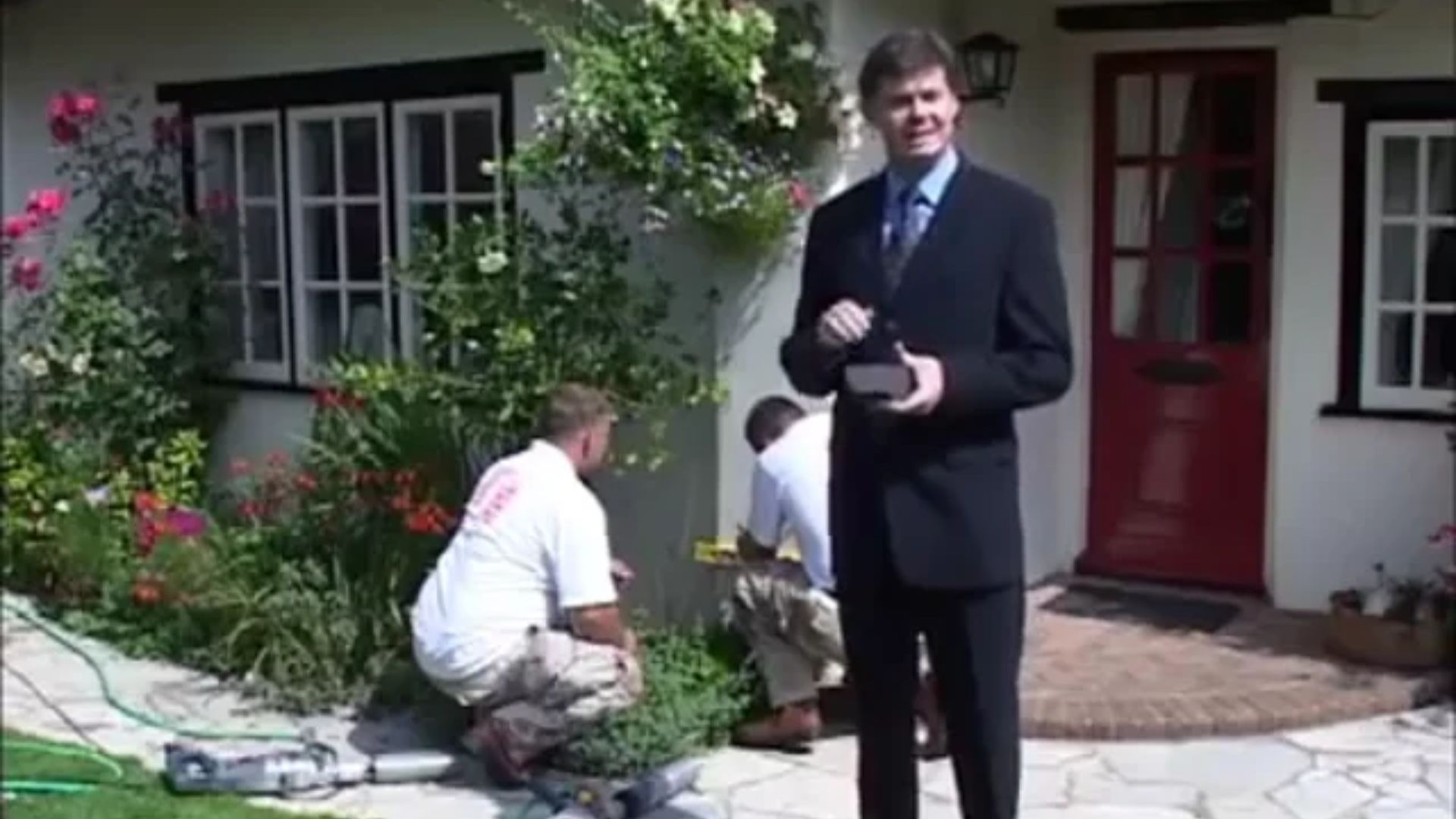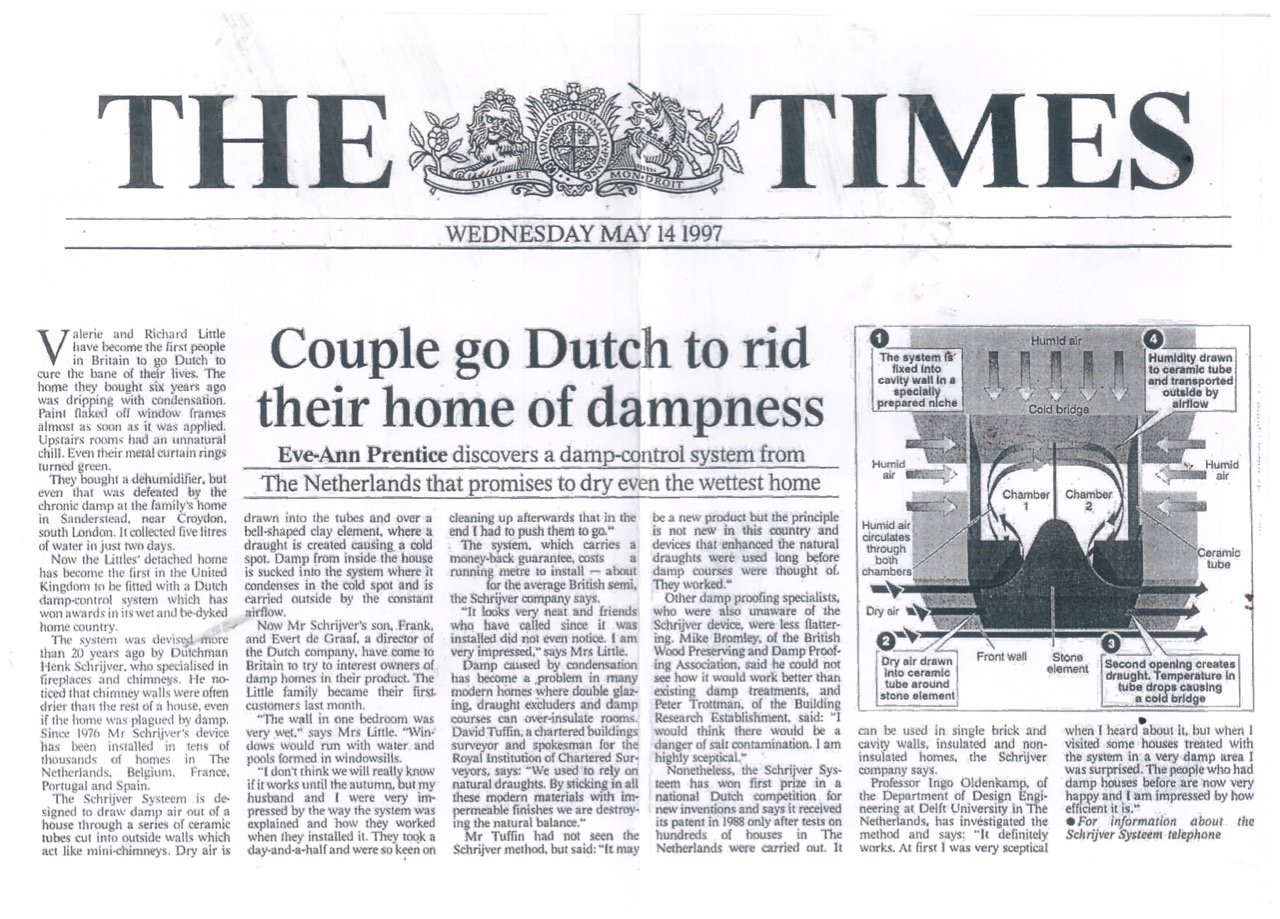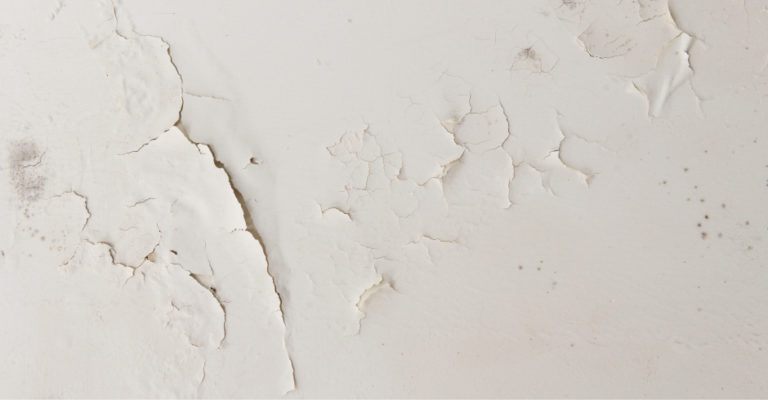In 1997, at the age of 26, I embarked on an entrepreneurial journey, expanding my family’s successful business from the Netherlands to the United Kingdom. Despite my initial inexperience, I was fortunate to have the guidance of my father, Henk Schrijver, and the support of my family. Our product quickly gained attention, leading to a pivotal moment when it was featured in The Times. This exposure sparked an overwhelming interest across the UK, from London to Scotland, and Wales to Northern Ireland, allowing me to explore the diverse architecture and landscapes of this great nation.
The UK offered both challenges and opportunities. From historic watermills and lighthouses to townhouses, I had the privilege of working across a spectrum of properties, meeting a wide range of clients. This experience not only deepened my love for the UK but also highlighted the universal challenge of dampness in buildings, a problem I was determined to solve.
Driven by hard work and dedication, our team grew, and we established significant advertising partnerships with major newspapers, enhancing our visibility and enabling us to serve more clients. By 2002, our efforts were recognised with the prestigious Best British Enterprise Award, a moment of pride and confirmation of our positive impact.
The journey was not without its trials. The pandemic posed unprecedented challenges, leading to a closure of the company. However, resilience is at the core of our ethos. We have adapted and are now excited to offer our solutions to the new market, bringing decades of expertise to each client.
Today, as I personally conduct damp surveys and participate in installations, I am reminded of the journey that brought us here. Our commitment to quality and client satisfaction remains unwavering. The past years have been a testament to the resilience of the human spirit and the importance of community.
As we move forward, we hold onto the lessons learned and the relationships built. We look to the future with optimism, ready to continue serving our clients with the same dedication and excellence that has defined our journey.
Kind regards,
Frank Schrijver






